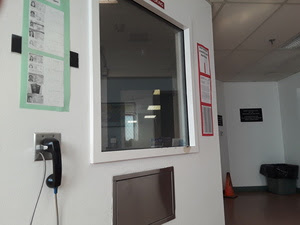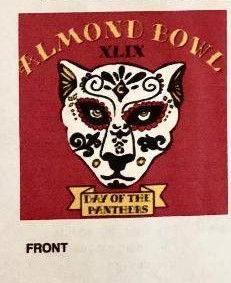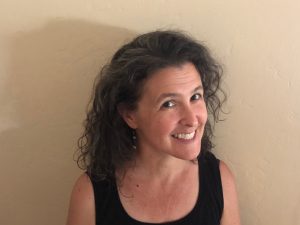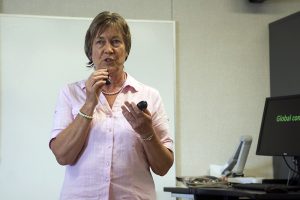
by Chris Nelson
The man I met during a late October visit to the Yuba County Jail has a kind face, wears glasses and has a neat, graying hairstyle. He was the third inmate I’ve met through a visitation program run by Faithful Friends, a group that arranges visits for immigrant detainees.
As a nurse, I know that anecdotal information does not make a truth. Yet, I’m struck by the similarities among the three men I’ve visited, and I see truth emerging through the presence of these castaway humans.




